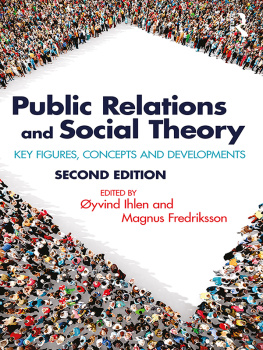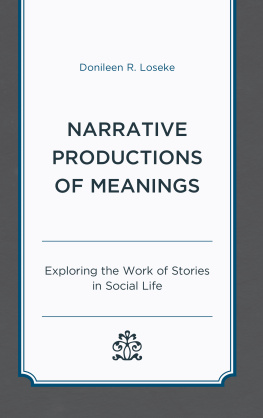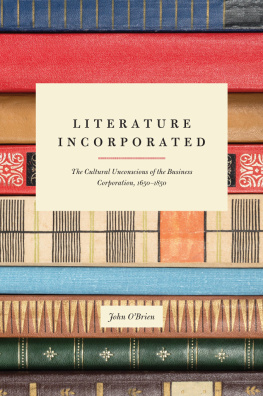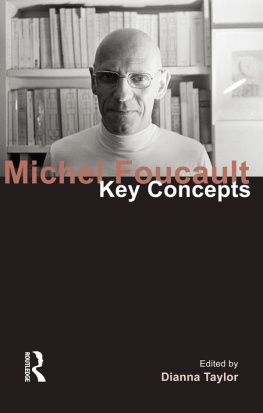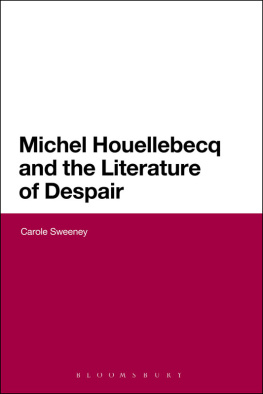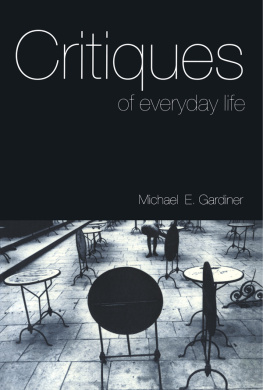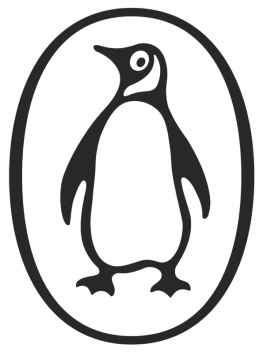THE PRACTICE OF EVERYDAY LIFE
THE PRACTICE OF
EVERYDAY LIFE
Michel de Certeau
Translated by Steven Rendall

University of California Press, one of the most distinguished university presses in the United States, enriches lives around the world by advancing scholarship in the humanities, social sciences, and natural sciences. Its activities are supported by the UC Press Foundation and by philanthropic contributions from individuals and institutions. For more information, visit www.ucpress.edu .
UNIVERSITY OF CALIFORNIA PRESS
Berkeley and Los Angeles, California
UNIVERSITY OF CALIFORNIA PRESS, LTD.
London, England
Copyright 1984 by the Regents of the University of California
First Paperback Printing 1988
Library of Congress Cataloging in Publication Data
Certeau, Michel de.
The practice of everyday life.
Translation of: Arts de faire.
1. Social historyAddresses, essays, lectures.
1. Title.
HN8.C4313 1984 909 83-18070
ISBN 978-0-520-27145-6
Printed in the United States of America
19 18 17 16 15 14 13 12 11
10 9 8 7 6 5 4 3 2 1
The paper used in this publication meets the minimum requirements of ANSI/NISO Z39.48-1992 (R 1997) (Permanence of Paper).
To the ordinary man.
To a common hero, an ubiquitous character, walking in countless thousands on the streets. In invoking here at the outset of my narratives the absent figure who provides both their beginning and their necessity, I inquire into the desire whose impossible object he represents. What are we asking this oracle whose voice is almost indistinguishable from the rumble of history to license us, to authorize us to say, when we dedicate to him the writing that one formerly offered in praise of the gods or the inspiring muses?
This anonymous hero is very ancient. He is the murmuring voice of societies. In all ages, he comes before texts. He does not expect representations. He squats now at the center of our scientific stages. The floodlights have moved away from the actors who possess proper names and social blazons, turning first toward the chorus of secondary characters, then settling on the mass of the audience. The increasingly sociological and anthropological perspective of inquiry privileges the anonymous and the everyday in which zoom lenses cut out metonymic detailsparts taken for the whole. Slowly the representatives that formerly symbolized families, groups, and orders disappear from the stage they dominated during the epoch of the name. We witness the advent of the number. It comes along with democracy, the large city, administrations, cybernetics. It is a flexible and continuous mass, woven tight like a fabric with neither rips nor darned patches, a multitude of quantified heroes who lose names and faces as they become the ciphered river of the streets, a mobile language of computations and rationalities that belong to no one.
Contents
Preface to the English Translation
In translation, analyses that an author would fain believe universal are traced back to nothing more than the expression of local oras it almost begins to seemexotic experience. And yet in highlighting that which is specifically French in the daily practices that are the basis and the object of this study, publication in English only reinforces my thesis. For what I really wish to work out is a science of singularity; that is to say, a science of the relationship that links everyday pursuits to particular circumstances. And only in the local network of labor and recreation can one grasp how, within a grid of socio-economic constraints, these pursuits unfailingly establish relational tactics (a struggle for life), artistic creations (an aesthetic), and autonomous initiatives (an ethic). The characteristically subtle logic of these ordinary activities comes to light only in the details. And hence it seems to me that this analysis, as its bond to another culture is rendered more explicit, will only be assisted in leading readers to uncover for themselves, in their own situation, their own tactics, their own creations, and their own initiatives.
This translation represents just one part of a series of investigations directed by the author. Another partLinvention du quotidien, 2. Habiter, cuisiner by Luce Giard and Pierre Mayolhas already been published in French (Paris, 1980). It deals with the fundamental practices of a fine art of dwelling, in which places are organized in a network of history and relationship, and a fine art of cooking, in which everyday skill turns nourishment into a language of the body and the bodys memories. We have here two ways to make a world. Other, still-to-be-published parts of The Practice of Everyday Life deal principally with the fine art of talk in the everyday practices of language.
The first two parts of the present volume are the more theoretic. They envision the definition and the situation, in the context of current research, of the problematic common to this set of investigations. The opening chapters, therefore, can be read separately, after the ensuing more concrete analyses, as outlined in .
Steven Rendall has succeeded in the long and painstaking enterprise of leading this population of French experiences and expressions on its migration into the English language. He has my warm thanks, as do Luce Giard, who was a guide for the perplexed in the revision of the translation, and John Miles, who has kindly attended to so many details along the route. For the rest, the work may symbolize the object of my study: within the bounds imposed by another language and another culture, the art of translation smuggles in a thousand inventions which, before the authors dazzled eyes, transform his book into a new creation.
La Jolla, California
26 February 1984
General Introduction
THIS ESSAY IS part of a continuing investigation of the ways in which userscommonly assumed to be passive and guided by established rulesoperate. The point is not so much to discuss this elusive yet fundamental subject as to make such a discussion possible; that is, by means of inquiries and hypotheses, to indicate pathways for further research. This goal will be achieved if everyday practices, ways of operating or doing things, no longer appear as merely the obscure background of social activity, and if a body of theoretical questions, methods, categories, and perspectives, by penetrating this obscurity, make it possible to articulate them.
The examination of such practices does not imply a return to individuality. The social atomism which over the past three centuries has served as the historical axiom of social analysis posits an elementary unitthe individualon the basis of which groups are supposed to be formed and to which they are supposed to be always reducible. This axiom, which has been challenged by more than a century of sociological, economic, anthropological, and psychoanalytic research, (although in history that is perhaps no argument) plays no part in this study. Analysis shows that a relation (always social) determines its terms, and not the reverse, and that each individual is a locus in which an incoherent (and often contradictory) plurality of such relational determinations interact. Moreover, the question at hand concerns modes of operation or schemata of action, and not directly the subjects (or persons) who are their authors or vehicles. It concerns an operational logic whose models may go as far back as the age-old ruses of fishes and insects that disguise or transform themselves in order to survive, and which has in any case been concealed by the form of rationality currently dominant in Western culture. The purpose of this work is to make explicit the systems of operational combination (
Next page

